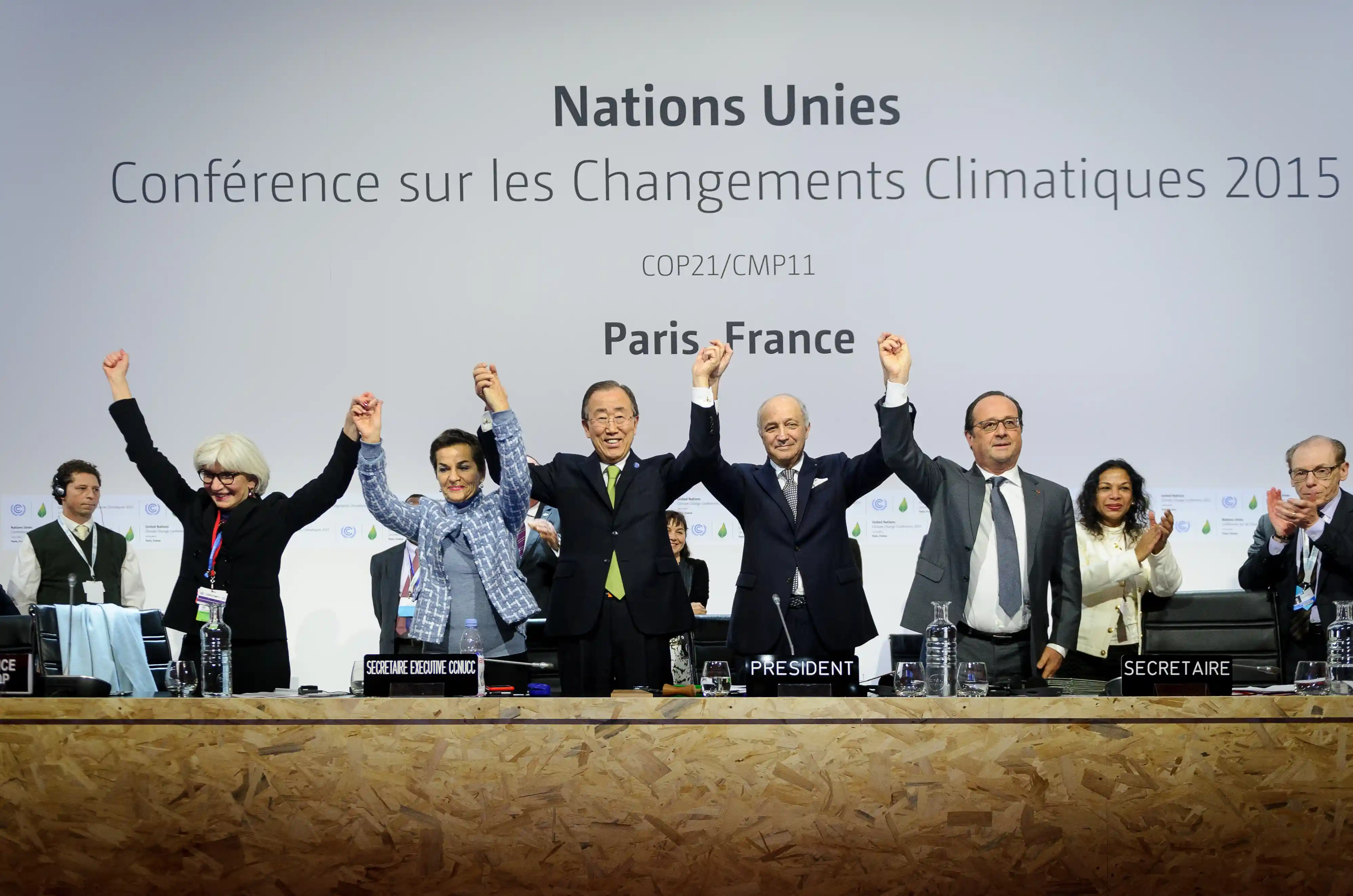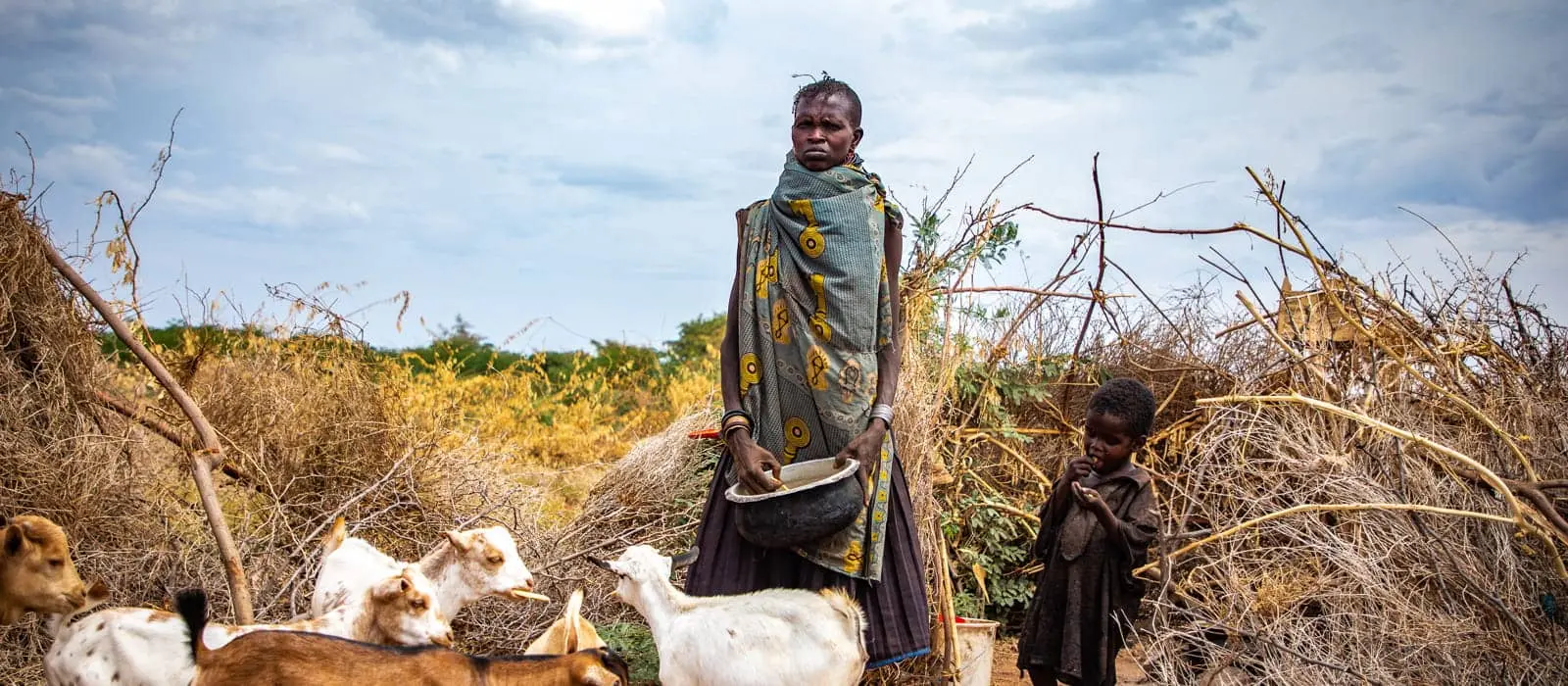It’s been nearly 5 years since the COP21 climate talks in Paris. Are commitments being upheld? What does the U.S.’s exit from the Paris Climate Agreement mean? And why does the accord matter so much to humanitarian work? Read on for more.
In the nearly 5 years since the Paris Climate Agreement was forged at the United Nations COP21 climate talks in Paris, there has been some progress, but also a great deal of broken promises. Earlier this week, the United States announced that it would formally withdraw from the agreement in November 2020, leaving the future of this landmark agreement’s future even more fragile.
The urgent agenda set forth in the Agreement is especially important for humanitarian work. In looking at what the Paris Climate Agreement is, we can see how much of an impact it can have on the world’s most vulnerable communities. In looking at the progress that has been made since 2015, we can see how much more work we have to do. And in looking at the current effects of the climate crisis on the countries most affected by it, we can see why it’s vital that we not abandon this accord.
What is the Paris Climate Agreement?
In 2015, after decades of discussion, months of coalition-building, two weeks of fraught negotiations, and three consecutive nights of diplomatic tussling, the Paris Climate Agreement was adopted by nearly every nation around the world (signed by 195 countries and the European Union).
The mission remains clear: Keep global warming down to under 2°C above pre-industrial levels, and aim to limit the temperature increase to a maximum of 1.5°C.
The 32-page accord marked the first truly global treaty to fight climate change, control greenhouse gas emissions, and curb the global temperature. Its mission was — and remains — clear: Keep global warming down to under 2°C (3.6°F) above pre-industrial levels, and aim to limit the temperature increase to a maximum of 1.5°C (2.7°F).
While these temperature changes seem slight, the impact of a 1.5° rise in temperature could be dire. According to CarbonBrief, a 1.5° warming could reduce freshwater availability in the Mediterranean Sea by 9%, increase the intensity of heavy rainfall by 5%, decrease wheat production by 9%, and the sea level could rise by 40cm.
What does 2degC mean for world?
The consequences of 2° (which has been shorthanded to 2degC) are even more severe: The Mediterranean would lose 17% of its freshwater, rains would increase in intensity by 7%, wheat production would drop by 16%, and the sea level could rise by 50cm.
In countries like Malawi and Mozambique, which lost millions of acres of harvest in the wake of Cyclone Idai’s unforgiving rains and flooding, or Bangladesh (which is already nearly 75% underwater due to rising sea levels), these risks are disastrous. What’s more, as we’ve discussed before on the topic of climate justice, the countries most affected by climate change are the ones that generally contribute the least amount of greenhouse gases.
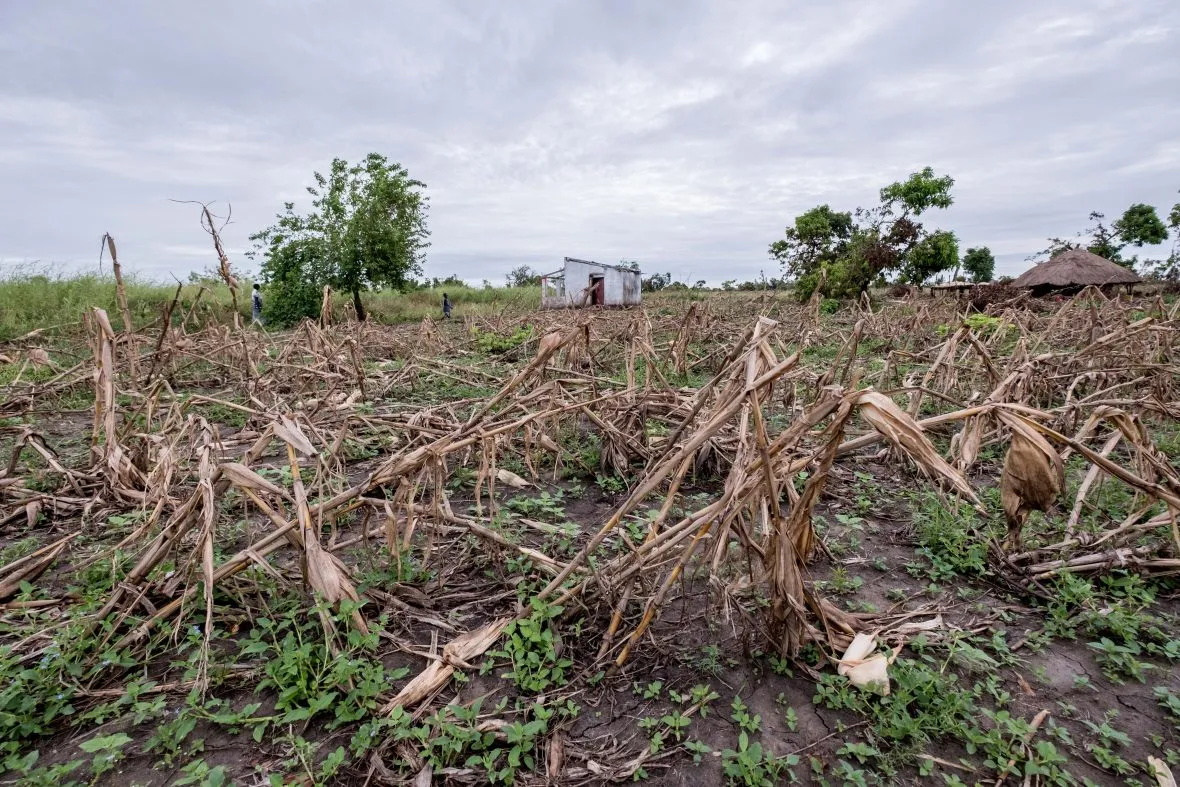
But the impacts of climate change don’t stop in these countries. Drought and flooding brought on by climate change are key causes of forced migration, which can place strain on host communities for climate refugees (and, obviously, reduces the number of livable areas in the world).
The effects of climate change perpetuate the cycle of poverty on a global scale, which challenges public health, educational attainment, and women’s rights. And the link between climate change and food security means that we may all lose out as our global food system breaks down.
Why we need the Paris Climate Agreement
At this point, in order to offset the impact of climate change, individual action (while still important) is not enough. There are several key policy initiatives that need to be adapted on a global scale in order to adapt and build resilience. These initiatives include:
- Investing in vulnerable communities in the Global South to create tailored adaptation strategies against droughts and flooding
- Facilitate community participation in making these strategies and decisions, integrating their indigenous and traditional knowledge
- Support these communities with access to additional research, new technologies, and agricultural and meteorological data
- Increasing investments in disaster prevention and disaster risk reduction
- Invest in resilience-building to prevent conflicts related to the use of natural resources, such as water and land, in fragile contexts
- Radically transform production and consumption patterns, promote sustainable production systems, consumption of nutritious foods, and reduction of food loss and waste.
Obviously these recommendations require buy-in at the international level, which is one of the reasons that the Paris Climate Agreement became a landmark decision. In 1997, the Kyoto Protocol set targets for emissions cuts, but not every country ratified the deal which weakened its power. The Copenhagen conference in 2009 was supposed to deliver a treaty, but ended in chaos.
Support Concern's work in climate resilience
The Paris Agreement and low-income countries
After the Paris goals were set, one of the biggest questions was: How will the treaty affect people who most need climate justice — those suffering flooding in Bangladesh or droughts in Chad? Many conference attendees worried that the final deal would have to be scaled back to get countries on board.
The agreed-upon aspirational goal is actually tougher than 2degC, but 1.5° is a limit demanded by many low-lying states and developing countries. These nations will need help adapting to the problems that the climate crisis is already bringing, which is why one of the key elements of the Paris accord is that the richest nations agreed to release about $100 billion a year until 2025 (and more afterwards) to help these countries (which include some of the poorest in the world) to develop greater resiliency against the dangers ahead.
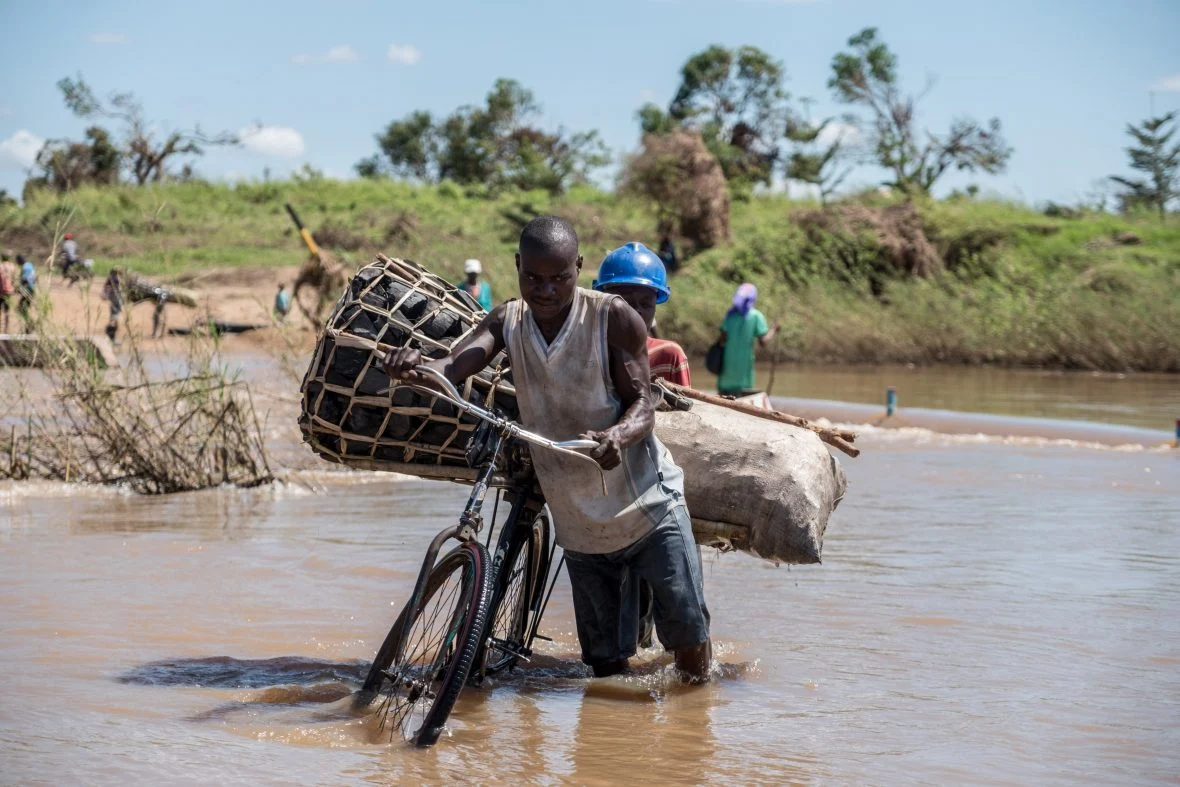
But assurances on finance are not legally binding. Poor people in developing countries will have to rely on rich countries sticking to their word. And, as we are seeing with the U.S.’s intention to exit the Paris Agreement in November 2020, this is not a guarantee.
Grounds for hope(?)
As Concern's Senior Policy Manager Ally Carnwath (who was at the COP21 conference in Paris in 2015 that resulted in the accord) said of the deal, “there are real grounds for hope.
“The Paris Agreement still leaves much to be done — and the rate at which countries are currently releasing emissions will make it hard to restrict warming to 2°, let alone 1.5°. But the Paris deal does mean governments have to check their emission targets every 5 years. And this means they’ll face more pressure to reduce warming.”
However, many countries are behind on their commitments from 2015. According to the Climate Action Tracker, had the initial pledges from COP21 been fully implemented, global warming would have been kept to 2.5 to 3.8°, far above both the baseline and stretch goals.
As of September 2019, only 7 countries are compliant with the Paris Climate Agreement.
Current policies lead Climate Action Tracker’s experts to believe that temperatures could rise between 2.5° and 4.4°, which would be devastating. Only two countries — Morocco and The Gambia — are 1.5° C compatible, and just 5 countries are 2degC compatible (Bhutan, Costa Rica, Ethiopia, India, and Philippines).
2015 was only the beginning
While the U.S. has formally announced that it will leave the Paris agreement in November 2020, a coalition of cities and states (most prominently California) agreed in 2017 that they would adhere to the Paris Climate Agreement, reducing American emissions to 26% below 2005 levels by 2025.
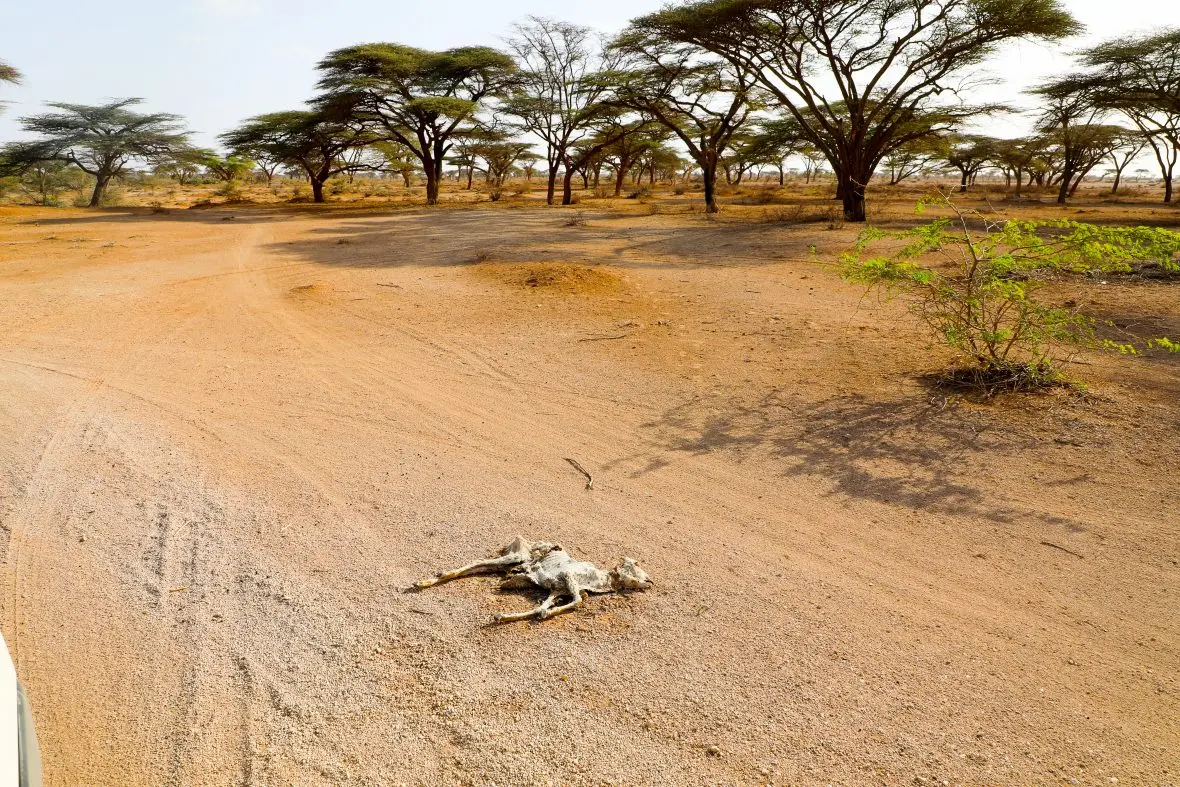
There is still room for hope, but it is undeniable that international cooperation is required for actual momentum to happen. In the last 5 years, the Paris climate talks have been regarded as the moment that the world pulled together, at last, to combat climate change. And while the Paris accord took a great deal of work to come together, that was just the beginning of a great deal of work that remains to be done — and governments that need to be held to account.
Humanity depends on it.
